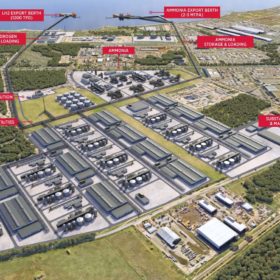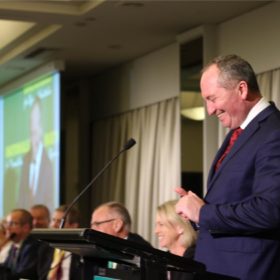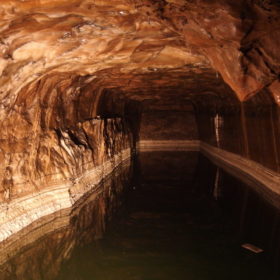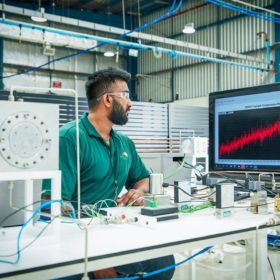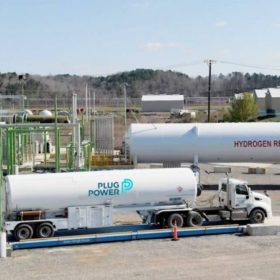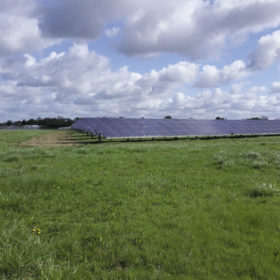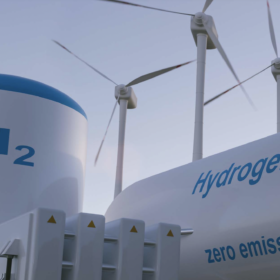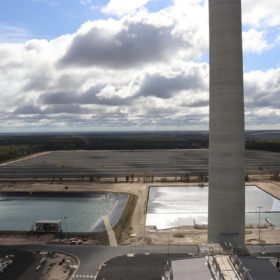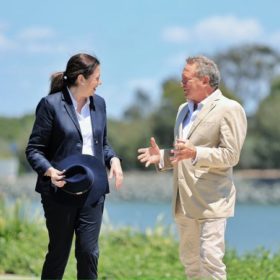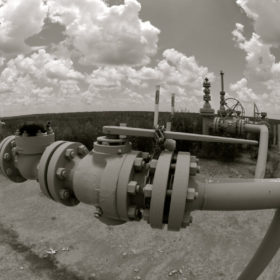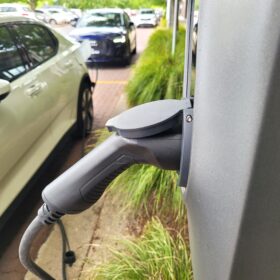Woodside’s ‘vague’ hydrogen announcement coincides with major gas expansion
The lack of detail surrounding oil and gas giant Woodside’s hydrogen and ammonia facility in Kwinana announced yesterday has raised suspicions, with groups pointing out the news coincides with the company’s recently approved Scarborough gas project off the Western Australian coast.
Nats not listening: new data ‘rejects’ assumed attitudes of coal communities
While prime minister Scott Morrison’s preparation for COP26 has been shrouded in controversy, a new survey into coal mining communities’ sentiments toward renewable energy reveals widespread support for the transition. The revelation comes as WWF-Australia also released findings from its expert survey, illustrating the federal government’s lack of ambition is considered the main hurdle slowing an otherwise perfectly poised transition.
Weekend read: Australia’s “massive” hydrogen storage potential
Underground hydrogen storage seems to be coming up a lot lately, and with the burgeoning hydrogen industry needing somewhere to store itself, it’s not hard to understand why. One of the countries with the best credentials for the future hydrogen economy is Australia. A newly published report has quantified the country’s “massive opportunity” for underground hydrogen storage.
Hydrogen innovator to pioneer HERO technology in manufacturing hub
The first commercial application of Australian hydrogen research and development company Star Scientific’s award-winning Hydrogen Energy Release Optimiser technology has been given the green light with the company announcing it has partnered with manufacturing network Central Coast Industry Connect to establish a new industry-led hydrogen cluster on the New South Wales Central Coast.
Fortescue links with Plug Power to build electolyser gigafactory
Fortescue Future Industries has revealed it will partner with North American hydrogen technology company Plug Power to build the world’s largest green energy infrastructure and equipment-manufacturing facility in Central Queensland.
Octopus Energy, RES to invest in UK green hydrogen economy
Octopus Energy and RES have announced a new partnership under which they plan to invest GBP 3 billion (AU$5.5 billion) in the construction of green hydrogen plants throughout the United Kingdom by 2030.
Why the NSW hydrogen strategy is ‘smarter’ in its $80 billion industry proposition
The New South Wales government at long last released its hydrogen strategy today. The wait, according to hydrogen expert Andrew Horvath, has been worthwhile. He described the strategy as clever in its approach to drawing longterm hydrogen investment into the state. “It’s a little bit different the way [NSW] looked at it,” he told pv magazine Australia, refuting the strategy’s branding as less ambitious than other states.
Green light for Queensland renewable hydrogen project
Queensland’s ambition to become a leading producer and exporter of green hydrogen continues to gather steam with the state government announcing a large-scale solar PV and battery-powered renewable hydrogen electrolyser will be built near Chinchilla on the Darling Downs.
Fortescue Future Industries to build a 2 GW hydrogen electrolyser plant in Central Queensland
From iron ore magnate to renewable energy mogul, Dr Andrew ‘Twiggy’ Forrest intends producing everything he needs to turn the world away from fossil fuels to green hydrogen. The latest? A renewable energy infrastructure-manufacturing facility in Aldoga, near Gladstone.
Blue hydrogen and blended pipelines: the prospects of a like-for-like transition
On Monday, an Australian–Japanese consortium announced plans to potentially develop a $1 billion plus ‘low emissions’ hydrogen project in Western Australia. The announcement was preceded by a year of gas companies loudly declaring schemes to blend hydrogen into their pipelines. Clearly, many powerful Australian are putting their money on a like-for-like transition. pv magazine Australia spoke to hydrogen experts Andrew Horvath and Scott Hamilton about how they see the hydrogen wave evolving, and why a clean swap is unlikely.
